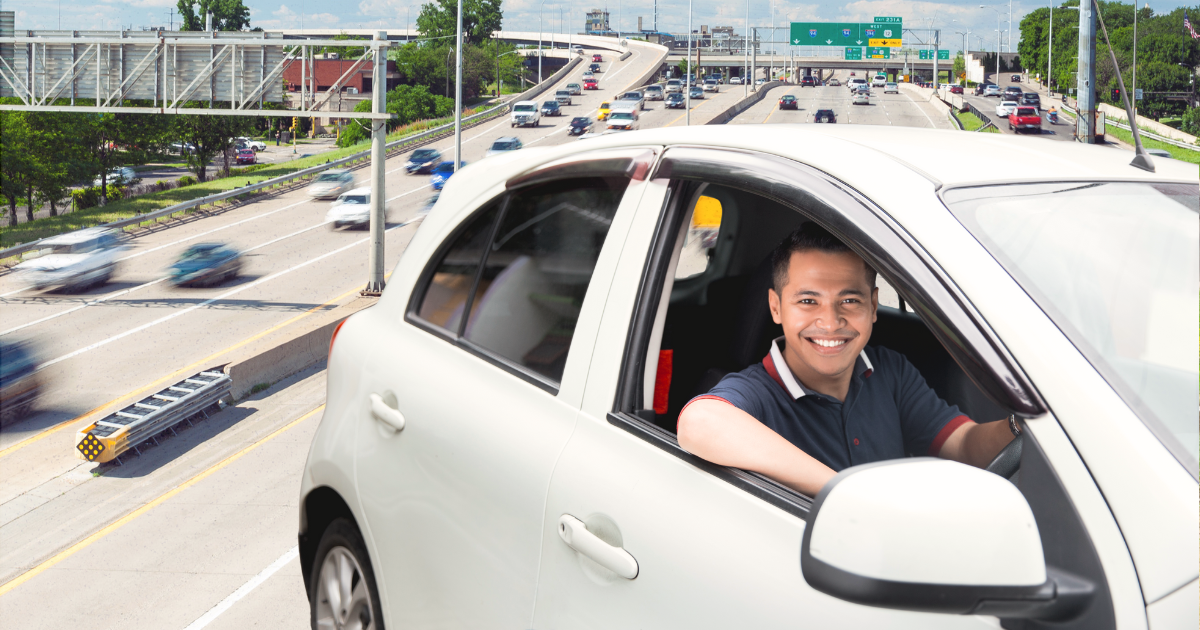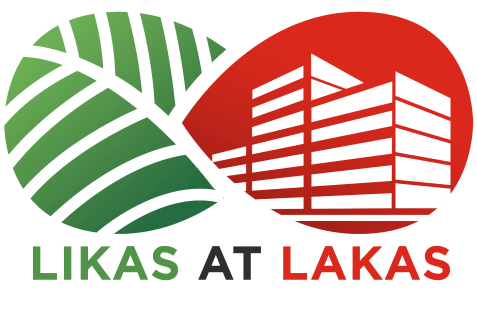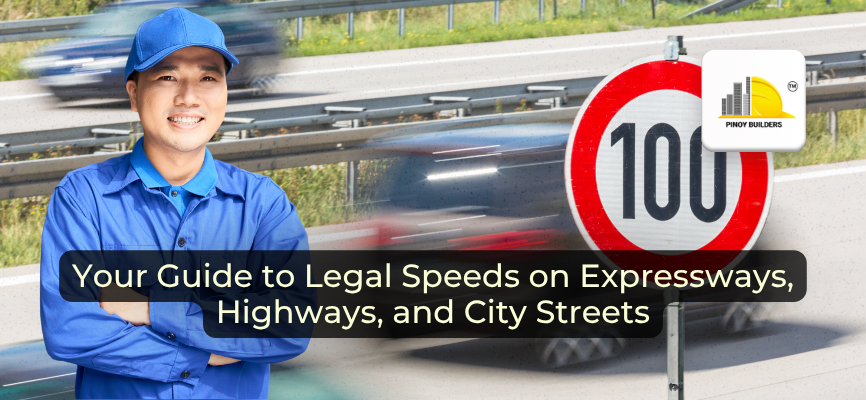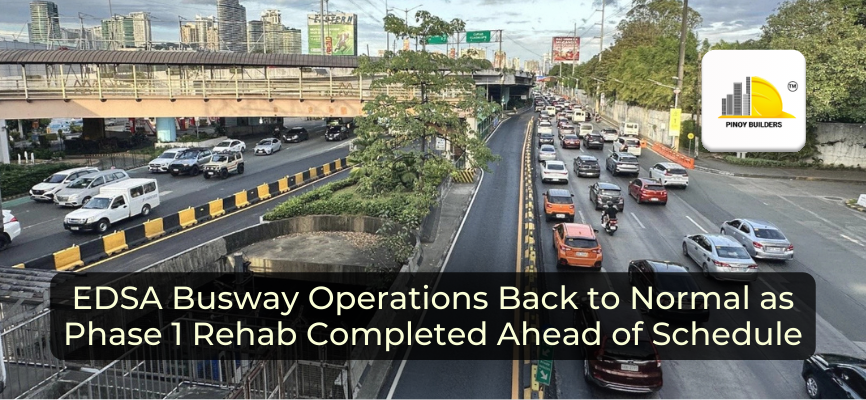“Kamote driver” has become an online meme for all the wrong reasons. While the label sparks laughter, the reality behind it is no joke. Reckless driving is one of the top causes of road crashes in the Philippines, often leading to injuries, damaged property, and, in the worst cases, lives lost.
More than a traffic law violation, speeding is a threat to public safety. Whether you’re driving a private car, riding a motorcycle, or operating a commercial vehicle, following speed limits ensures smoother traffic flow, safer roads, and a reduced risk of fatal accidents. It also reflects a shared respect for fellow drivers, pedestrians, and the traffic enforcers working to maintain order.
In this article, we will outline the legal speed limits in the Philippines, explain the reasoning behind those numbers, and offer a quick refresher on where and how to drive safely within the law.

Why Speed Limits Matter
Speeding doesn’t just increase the chance of an accident. It raises the severity of any collision that occurs. Speed limits are designed to reduce risk based on a road’s layout, surrounding environment, and traffic volume.
Here’s why speed regulations exist:
- Reaction time is limited. The faster you go, the less time you have to react to sudden changes like a car stopping ahead or a pedestrian crossing.
- The stopping distance is longer. At higher speeds, even strong brakes won’t stop a vehicle instantly.
- Road visibility plays a role. Curves, intersections, and obstructed views call for slower speeds to stay safe.
- Pedestrian safety improves. Lower speeds reduce the chance of fatal injuries if someone gets hit.
Driving within the limit doesn’t mean you’re being slow; it just means you’re being smart. It balances movement with caution. It protects people who may be invisible at first glance: cyclists on the shoulder, children near schools, or commuters stepping off a bus. It also saves you from fines, license issues, and stress on the road.
A Brief Look at the History of Speed Regulation in the Philippines
Speed regulation in the Philippines goes back over a century. In the early 1900s, limits weren’t defined in numbers. The law only required vehicles to be driven at “reasonable and proper” speeds.
Historical Timeline Highlights
Speed regulations in the Philippines weren’t always based on numbers. In the early 1900s, traffic laws focused more on what was “reasonable and proper” rather than setting exact limits. Over time, formal speed laws were introduced to keep up with growing road use and evolving vehicle technology.
- Act No. 2159 (1912): First mention of motor vehicle regulation
- Act No. 2389 (1914): Classified vehicles by weight
- Act No. 2587 (1916): Allowed local authorities to regulate speeds
- Act No. 3992 (1932): Began to use actual speed limits based on tires and terrain
- RA 4136 (1964): The Unified traffic law is still in effect today
Understanding this evolution helps drivers appreciate how modern limits are not arbitrary, and that they’re actually the product of decades of policy testing and refinement.
National Speed Limits: A Quick Guide
The backbone of Philippine speed regulations is Republic Act No. 4136, also known as the Land Transportation and Traffic Code. This law sets the general speed limits for all motor vehicles traveling on public roads.
Here’s a breakdown of the standard limits:
| Road Type | Vehicle Type | Speed Limit |
| City/Municipal Streets | All vehicles | 30 km/h (light traffic), 20 km/h (intersections, congested areas) |
| Through Streets / Boulevards | All vehicles | 40 km/h |
| Open Country Roads | Passenger cars | 80 km/h |
| Open Country Roads | Trucks and buses | 50 km/h |
These limits apply unless otherwise specified by signage or local traffic ordinances. Motorists should note that the law considers weather, road conditions, and vehicle load as influencing factors.
Expressway Speed Limits
Expressways are limited-access highways meant for uninterrupted high-speed travel. To maintain safety at such speeds, clear limits are set by the Department of Public Works and Communications (DPWC) under Administrative Order No. 1.
- Minimum speed: 60 km/h
- Maximum speed: 100 km/h (for cars)
However, speed limits may vary depending on the expressway, vehicle type, and section of the road.
Examples of Expressway Limits
Some vehicles are allowed to exceed speed limits during emergencies or official duties. These exemptions help ensure fast response times during life-threatening situations. Still, all drivers (including those exempt) must prioritize safety and avoid reckless driving behavior.
1. NLEX, SLEX, SCTEX, TPLEX
- Cars: Up to 100 km/h
- Trucks and Buses: 80–100 km/h
2. Skyway, CALAX, NAIAx:
- Most sections: 60–80 km/h
3. Cebu–Cordova Link Expressway
- 40–60 km/h depending on zone
**Motorcycles under 400cc and not allowed on any expressway
While expressways may feel wide and safe, they come with risks like tire blowouts, driver fatigue, and sudden stops due to accidents or debris. Following the designated speed limits ensures enough reaction time and safer lane merging.
Local Roads and LGU Speed Enforcement
In 2018, the DOTr, DILG, and DPWH issued Joint Memorandum Circular 2018-001, which allows local government units (LGUs) to set lower speed limits based on their area’s unique traffic and road conditions. However, LGUs cannot set limits higher than those allowed by national law.
Sample Local Speed Limits:
- Commonwealth Avenue (Quezon City): 60 km/h for private vehicles
- Macapagal Boulevard (Pasay): 50–60 km/h, depending on the lane
- Baguio Central Business District: 30 km/h in main roads; 20 km/h in alleys
LGUs base their speed regulations on:
- Road design and width
- Pedestrian and vehicle volume
- School and market locations
- History of road crashes
Always keep an eye out for posted signs when entering new cities or municipalities. While the national law serves as a baseline, the posted local limits are what traffic enforcers use to issue citations.
Exceptions and Special Cases
Some vehicles are exempt from speed limits when performing official duties. However, reckless driving remains punishable even for these groups. Outside emergencies, all drivers must observe the limits.
Exempted (in emergency response only):
- Police patrols
- Ambulances
- Fire trucks
- Military vehicles on official missions
- Emergency medical response teams
Special Situations with Lower Speed Requirements:
- Sharp curves and blind corners: 20–25 km/h
- Railroad crossings: 15 km/h
- Passing stopped public vehicles: 15 km/h
- School zones during school hours: 20 km/h
Drivers must adjust their speed based on the environment, even without signage. The guiding principle is always: drive at a speed that is safe and appropriate for the conditions.
Consequences of Speeding and Tips for Staying Safe
Speeding doesn’t just risk injury– it also comes with legal and financial consequences. Violations may result in:
- Fines: Starting from ₱1,000 for the first offense
- License penalties: Repeat violations can lead to suspension or revocation
- Legal action: In crashes causing injury or death, drivers may face criminal charges
Practical Tips to Stay Within Limits
Staying within speed limits builds safe driving habits. With the right tools and mindset, it becomes easier to stay alert and in control. Here are a few simple ways to help you drive responsibly every time.
- Know the road category: Is it a city street or an open road?
- Use built-in vehicle speed limiters or alarms.
- Install GPS apps that alert you when you exceed limits.
- Drive defensively: Assume other vehicles may stop or turn suddenly.
- Avoid distractions: Phone use, eating, and loud music reduce focus.
It helps to remember that arriving a few minutes late is better than risking your life or someone else’s. Reckless driving does not go unpunished in the Philippines. Read our article: “’Kamote Riders’ Beware: Understanding the Penalties for Reckless Driving in the Philippines”

Don’t Be a Kamote Driver
Speed limits protect everyone on the road, not just the driver. Whether you’re cruising along an expressway or navigating a tight city alley, sticking to the limit is a sign of discipline, care, and civic responsibility.
Understanding and respecting speed laws leads to fewer crashes, faster emergency response, and better traffic flow. It’s a simple step with a big impact on your life and the lives of others.
If every driver commits to safer speeds, then safer roads won’t be a dream—they’ll be a daily reality.
Ka-Builders, let’s build a safer country for both drivers and pedestrians!
References
Wikipedia. (n.d.). Speed limits in the Philippines – Wikipedia. Wikipedia. Retrieved July 4, 2025, from https://en.wikipedia.org/wiki/Speed_limits_in_the_Philippines










